If you are the store owner of brick-and-mortar, then Magento can help you open up a lot more opportunities to grow your business.
And, if you are the online retailer who wants to expand your market to physical stores, then Magento will help you integrate a seamless experience for both you and your customers.
So why can Magento do that? And how to exploit Magento power in your physical stores?
Let’s check the answers below.
2. How to integrate Magento with Physical Stores (Step-by-Step)
3. Takeaway Tips
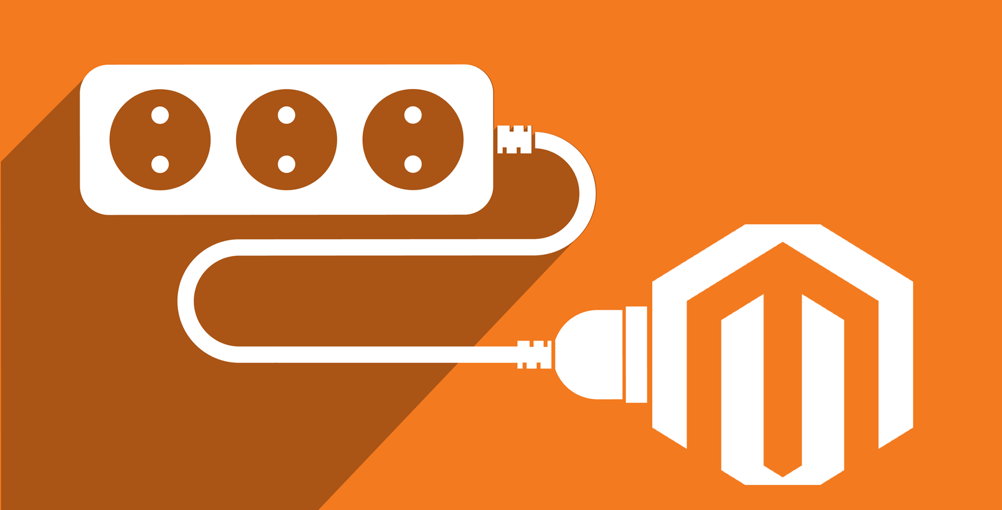
Why Integrate with Magento?
Recently, we have watched a magnificent growth of “plug-and-play” eCommerce platforms (such as Shopify, Volusion, etc). However, for many store owners, merchants, and eCommerce developers, Magento remains the prime consideration for the net eCommerce project.
Obviously!
Coca-Cola, Nike, Ford, Olympus, Nestle Nespresso, and many other big brands are using Magento as their platform
So why Magento is still so unique and “beloved” in the eCommerce industry?
Because Magento is:
Flexible to build up business in either or both – Online and Offline
First and foremost, Magento is known for its flexibility to simplify both Online and Offline works.
- Open Source
Magento is released under Open Source License ver 3.0 and built using PHP and other open-source tools.
By using these technologies, Magento has several distinct advantages over the competition. The platform is so highly adaptable that you can modify endlessly to exactly fit any project requirements. Besides, using open source tools also means that the platform guarantees a robust performance and enhanced security for merchants and developers.

- Fast & Scalable
When it comes to page load speed, Magento is a real winner with its quick performance, stability, and reliability.
Magento with high-end caching technologies such as the Cloudways Full Page Cache and other database optimization techniques such as Memcached and Redis speed up the stores considerably.
Magento is suitable for small to medium (and even large or huge) eCommerce stores simply because it’s flexible enough to grow with your business.
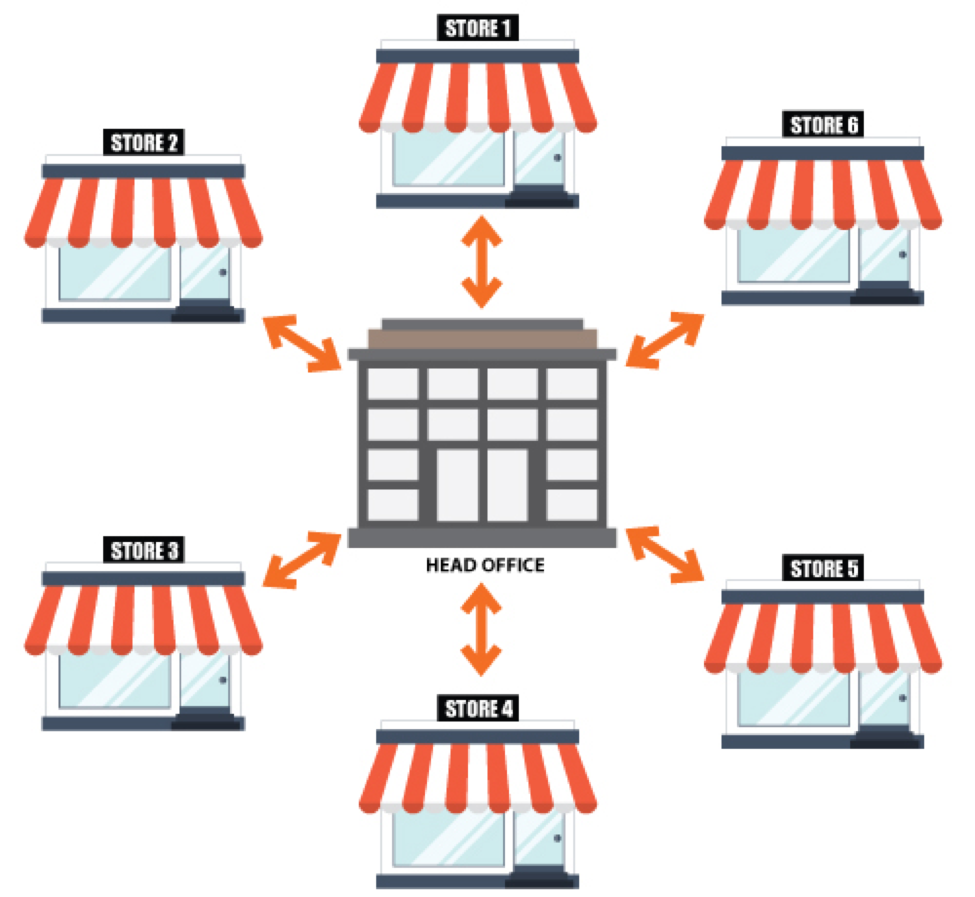
- Multi-Stores Feature
Unlike most of the eCommerce platforms (which only support a single store per account), Magento helps you setup multiple stores that could be managed through a single backend. You can control stores’ inventory, orders, billing, customer information, using a single admin panel.
Each store can have different themes and templates associated with them. You can also assign a subdomain for individual stores. The ease of controlling all the stores simultaneously through a single admin panel greatly simplifies management and administration of multi-stores that operate in single or multiple categories.
For more details about the multi-stores feature, read here.

- No Hosting Restricted
Unlike Shopify (which is known as the “made for eCommerce” platform), Magento allows you to choose the hosting solution of your choice.
This way you could select the best hosting solution provider that fits your requirements and your budget. No matter when you want to migrate your store, there are no restrictions on time and place to host your store.
How to integrate Magento with Physical Stores (Step-by-Step)
If you are wondering how you can use Magneto in Physical Stores, then here we will share you these two core steps
- Build strong backend management
- Use Store Locator
Build Strong Backend Management
No matter what types of business you got, the core to get further in the retailing word is MANAGEMENT.
Only when you have a suitable management system, can you implement your plans and strategies?
So, how to build strong backend management for your physical stores (or even online stores)?
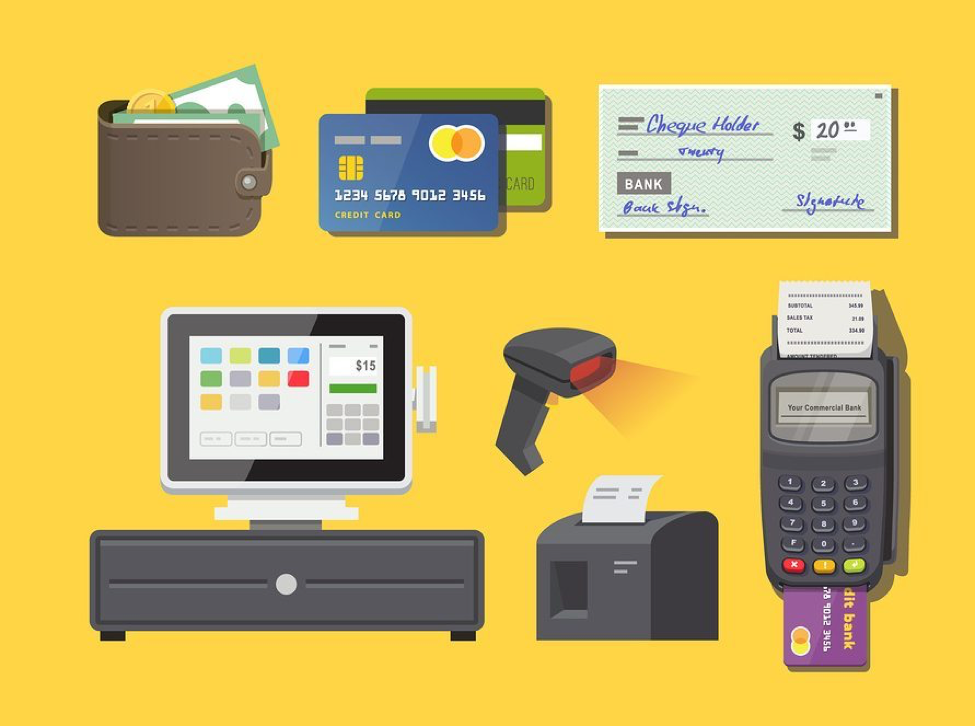
Point-of-sale (POS)
First and foremost, build up point of sale system.
Most Magento POS systems can help you automate all your management work and staff work right in the store.
For example, when your customers get to the checkout place, your staff will scan items. The scanned items will appear on the POS Screen, and your staff can enter the custom discount, or customer member card numbers, coupon codes, etc. to help customers gain a “loyalty score” in your store. Then, after a successful purchase, all the data will be synced back to your backend system, including data such as customer information, customer history, Qty. change, etc. In a nutshell, what your staff needs to do is scanning and entering coupons (if have). And what a manager needs to do is viewing the reports and customer data.
For more details, read the article How does the POS work?
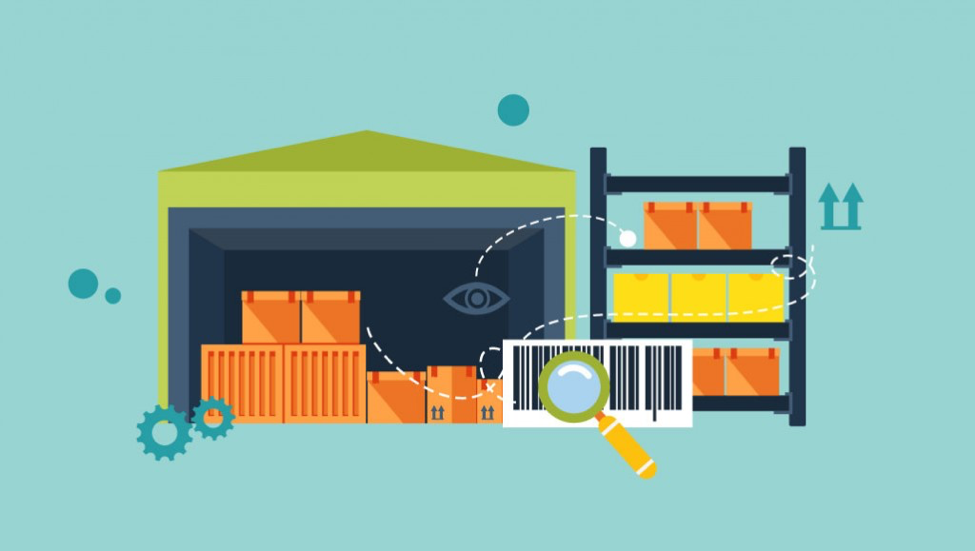
Inventory and Barcode Management
No matter if you are a newbie or an old hand in retailing, you will never deny that Inventory Management is very important for any retailing. However, to fasten the process of inventory management, you need a barcode and order fulfillment system too. These integrated extensions will help you avoid human mistakes when entering SKUs (typical silly error).
To own, you need to
Step 1: Install Inventory Management and Barcode Management
- With Inventory
You only need to purchase an extension and install it on your desktop (or tablet). This may sound simple
- With Barcode
In addition to installing Barcode Management system, you will also need to set up hardware – Barcode Scanner to your system.
The Barcode Management system helps you generate and manage barcodes, while the Barcode Scanner will totally prevent “typical silly error” when you want to enter SKUs.
Step 2: Insert data
- With Inventory
You can enter your stock manually. Or else, you can upload Excel file (based on the template that Magento requires) and the system will automate to enter data for you.
- With Barcode
Generate barcode in the backend system
After that, you will go to the most important step
Step 3: Integrate Inventory and Barcode Management System together
This may be hard to describe how you will implement the integration. Because it is highly based on the Magento provider you choose to use solution. However, after you successfully integrate, the barcode will be applied automatically with each of item in your Inventory. Vice versa, you can also generate a barcode for each item (if you want).
Step 4 (optional): Integrate with POS System
In case, you are a busy retailer and want everything work as fast as possible. Then, don’t forget this step.
You can read details about the step in the article – POS and Inventory System Integration

Marketing Management
If your store applies loyalty programs, you can also think about adding Marketing Management on your backend house.
After completing the installation process, the effective Marketing Management will work like this:
Step 1: Generate Loyalty Programs
It means you generate coupon codes, gift card numbers, loyalty numbers, etc. (and seriously, you also need to set up the rules for each loyalty program)
Step 2: Use it in the real store
Whenever your customers want to purchase and use loyalty programs, you just need to enter the code, and the rules will show up and help your staff apply these marketing strategies.
Supplier Management
You can never ignore your supplier who, of course, supply you good products to serve your “hungry” customers.
If you want to expand your business, you also need to install supplier management system, which will include features such as purchase management (which helps you manage orders and delivery process between you and your supplier) and information management (which helps you manage supplier essential data like telephone numbers, email, locations and purchase history).
With this system, you only need to install on desktop/tablet, then input data, and use it in your own way.

However, all these management factors will work best only if you get the synchronization between them.
Not all Magneto solution providers bring you a ready-to-use integrated system. With some providers, you need to integrate on your own (and sometimes trap into technical mistakes) or you have to pay out a really huge amount of money to hire Magento to specialize developers. Well, both ways, in fact, are not wise ideas.
Instead of doing these, you must think about a full completed module like this. Better price, faster performance. Not a bad idea, right?

Use Store Locator
Even if you only sell Offline or you want to enhance Offline business, Store Locator is still a must-have tool.
In few recent years, shoppers might be interested in viewing products in-person as opposed to online. Therefore, you want to let shoppers know that a store is in their area if they prefer traditional shopping. There are a few different ways to present store location, depending on how many stores you have:
- If there is only 1 location
You can offer a CMS page to inform your customers about the location.
The CMS page will include store names, addresses along with map, images and other useful information (such as working hours).
But little note this one! You should include the image of your present physical store. For example, an image of real people carefully choosing and caring for the products they purchase.
Besides, introduce your store via a story, especially if it has an interesting family history or tradition. Interior shots of your store can make the shopping experience transition easily from traditional to online.
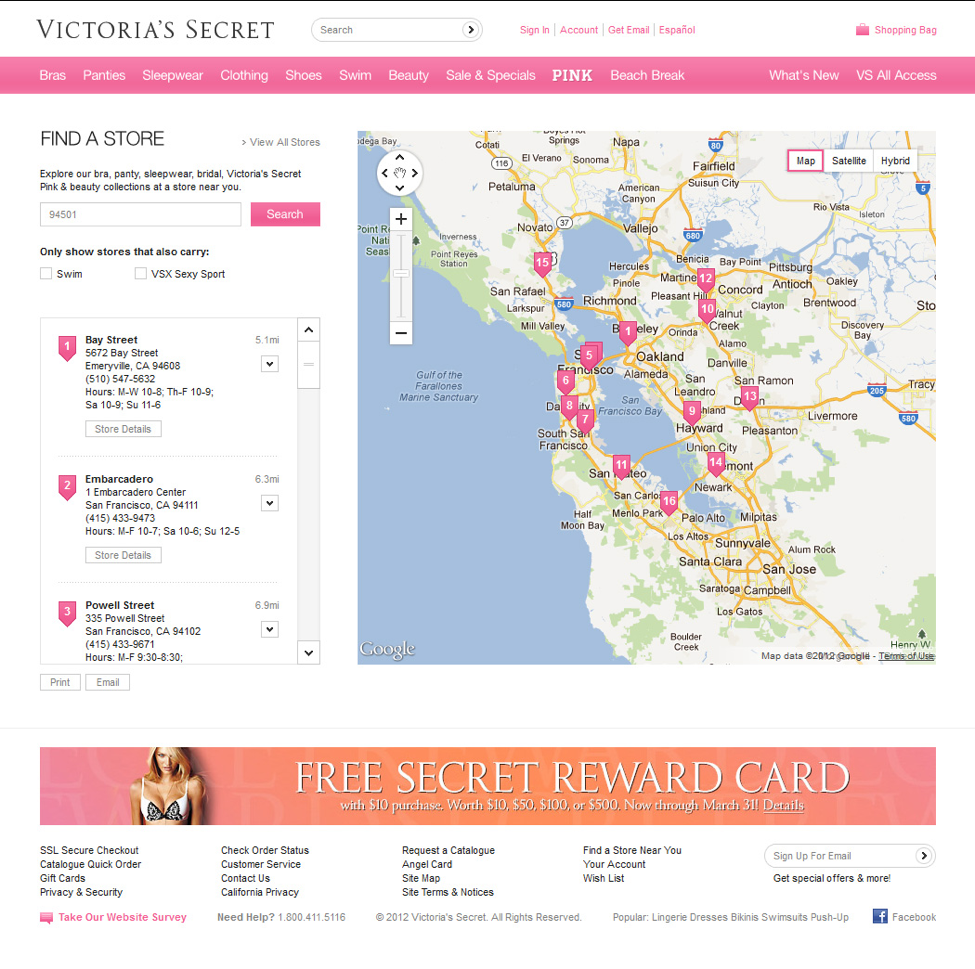
- If there are multiple store locations
Then, what you need is CMS page + Pins on Map
CMS Page is still the simplest and the least expensive way to inform your customers about store locations. You can organize information on the CMS page in a visually graspable way so that customers won’t be forced to skim through a lot of text to find the address they need.
However, the more physical stores you want to add here, the more challenging it will be to enhance important information and keep the attention of your prospects. Therefore, you also need another plan. An interactive map can show pins over each location and visually represent the regions where shoppers could purchase or browse your items in-person.
BONUS TIP: You can allow shoppers to search by zip code for the nearest location.

Takeaway tips
So now, you have gained basic knowledge about how you can integrate Magento with physical stores. However, those are only raw ones. If you want to implement Magento Integration in the most effective way, please don’t ignore following tips:
#1: Data Centralization
Data Centralization means all data you got (customer data, inventory data, order data, etc.) will gather in one place (one system) with an effective organization (easy-to-see, easy-to-understand, and easy-to-control).
Data Centralization is very useful in our modern age. For example, if all your customer’s data gather in one page, you can quickly figure out what is customer behavior in your stores, what they want, which item they view, the time they spend on the page, etc. With those data, managers can draw a personalized marketing strategy for each customer to raise loyalty in each customer you got.
How to get data centralization? (you may wonder). Well, it is not easy, but not hard:
- Integrate all extensions in the backend
- Synchronize data in all channels and locations
- Design effective management page which helps you easy to view these data
Sounds complicated?
The easiest and simplest way is to find a module that has completed all these, such as Magestore’s Omnichannel Package. You just need to install and use it (no need to tumble how to integrate, how to design management page or how to sync data)
#2: Inventory Visibility
It’s essential to obtain information about what’s happening in each store to distribute products wisely. Retailers need to make sure that all products are available for the customer to purchase on any channels in shopping journey. To reach that ideal performance, inventory visibility will supports retailers well.
There are two people who really want to know inventory visibility in physical stores.
1st – RETAILERS. They want to know exactly how many quantities are there in the warehouse and they are in which status. This can be challenging for a retailer, especially in shopping seasons.
Solution: implement an efficient Inventory Management system – which gives the retailer a whole vision about crucial stock information, such as Qty. in the warehouse, Qty. in shipping, Qty. available, Qty. sold, etc… It will be better if all these data will be shown on one page.
2nd – STAFFS. It means the Point-of-sale system should provide customers with information on the availability and delivery times of products in all stores. Staffs then will know when to import new products or to help customers choose the best way to take the products if it is out-of-stock in the store.
Solution: show staffs the Qty. your location has. So that, your customers can make the best decision for the shopping experience.

#3: Consistent Marketing
This will be essential if you have more than one store (no matter online or offline or both). The age of competitiveness among stores in one brand is OVER!
To beat off your brand competitor, all your store chains need to unify. In other words, all stores need to deliver the same message with similar service and related design. Take a simple example! If you have a loyalty program in store A, your customers should be able to use in store B (and vice versa)
Besides, there are also useful tools for you to gain more loyal customers.
- Reward Points: your customers can earn points when they spend in your stores. Then they can use the points for next time purchase. It will be effective if you customize an email in the system to remind them about the “missing” points on your stores. (You may not need to send that email, just set up on the system the time and content, then the system will automatically send it for you with a personalized content)
- Store Credits: there will be a time when your customer wants to purchase in your store but they forget the wallet. So how to help them? Ask them to buy Store Credit, which they can turn their money into credits and save it on your stores. For the next purchasing, they can use the credit to buy products. Or they can send that credit to their friends, which help you gain new customers. But as above, don’t forget to set up an email to remind them
- Gift Card: this is the best tool to attract new loyal customers. Your old customers will buy this and send to their friends (most friends are new to your stores). They can use Gift Card to shop in your brand.
So what you need to do now is Install these amazing extensions, and set up on your backend. Just a few clicks, you will get all the tools above and implement your wise marketing strategies.

#4: In-store pick up and return orders
If you already have an online store, you should consider this one.
By putting together and purchasing an order online, shoppers can be sure that when they visit your store, everything will be organized, paid for and ready to go. Store pick-up is an especially good option for products that are large and expensive to ship or products that are time sensitive, like food or flowers.
In-store returns are a great way to instill trust in your customers by making returning any item as convenient as possible. By returning a product in-store, customers will be able to get their refund as soon as possible and may allow them to choose an alternate size or color after seeing the product in person.

Tying it all together
Every business has its own speciality. Either your business. Therefore, don’t force yourself too much that you need to do this, do that. Just relax.
The best way to integrate Magento with your physical stores is to own a Magento package with fully integrated extensions.
Wanna find one? Click here!




